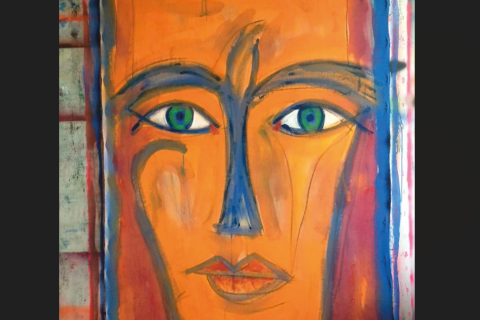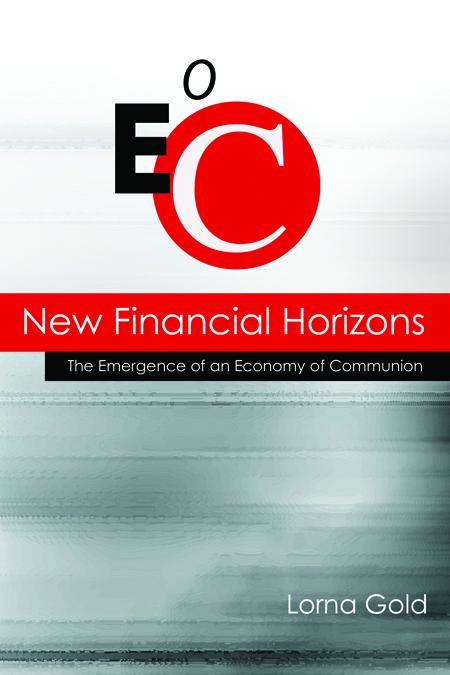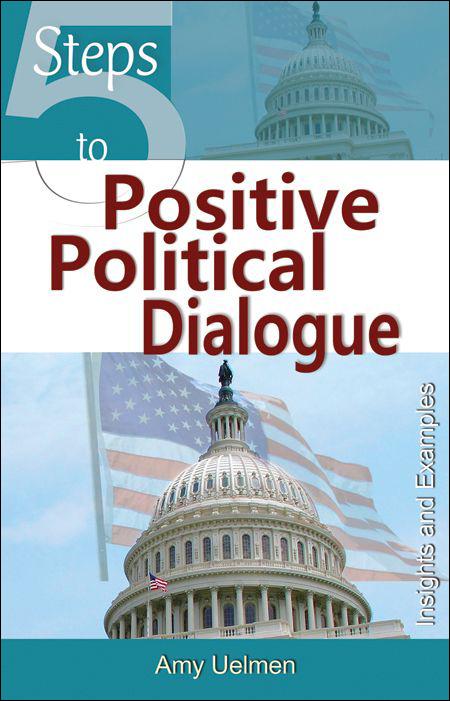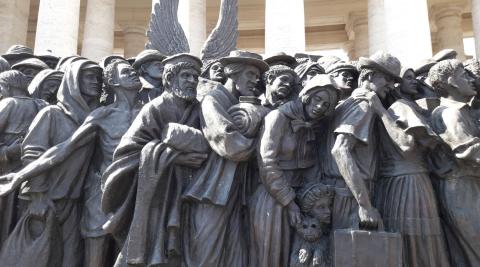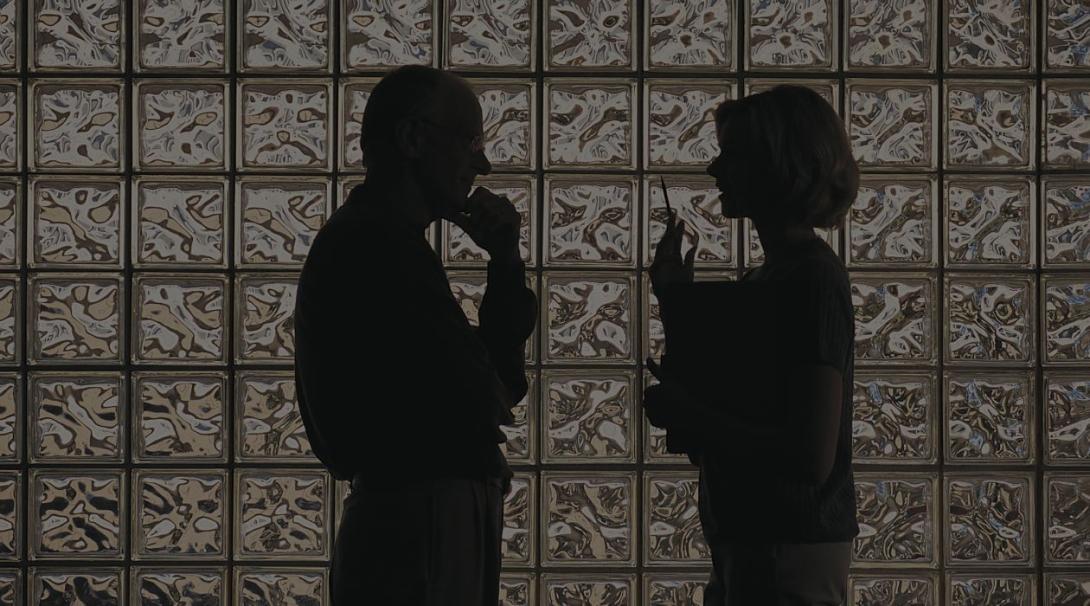
Photo by Comstock
In the wake of the recent death of Charlie Kirk, a young activist shot in the neck while speaking at a college campus rally, many who were already frustrated by bleak outlooks for our divided and polarized polity now seem to be on the verge of despair.
On the same day as the shooting, Pope Leo dedicated his Wednesday September 10 catechesis to the line of Mark’s Gospel: “Jesus uttered a loud cry, and breathed his last” (Mark 15:37).
“That cry contains everything,” the Pope reflected, “pain, abandonment, faith, offering. It is not only the voice of a body giving way, but the final sign of a life being surrendered.”
For those who live the Focolare spirituality, that cry—“My God, my God, why have you forsaken me?” (Psalm 22:1; Matthew 27:46) is a particularly precious line of scripture, because it reveals the depths of the divine and human love that is also the key to unity.
But what struck me in a completely new way in Pope Leo’s reflection was the fact that that cry is addressed to Someone—“My God, my God.” It is a most heroic effort to communicate, even while Jesus also feels that the One he is addressing, the Father, may not hear it: “why have you forsaken me?”
The Holy Father reflects: “A cry is never pointless, if it is born of love. And it is never ignored, if it is delivered to God. It is a way to not give in to cynicism, to continue to believe that another world is possible.”
The suffering voice of our humanity, united with the voice of Christ, can become a source of hope for us and for those around us.
It is in this spirit that we re-propose the reflections on communication that emerged from efforts to accompany our community in the wake of the October 7, 2023 attacks (see Living City, March-April 2024, pp. 34-35), as well as the graphic of road signs that might help to discern the pace and direction of difficult conversations.
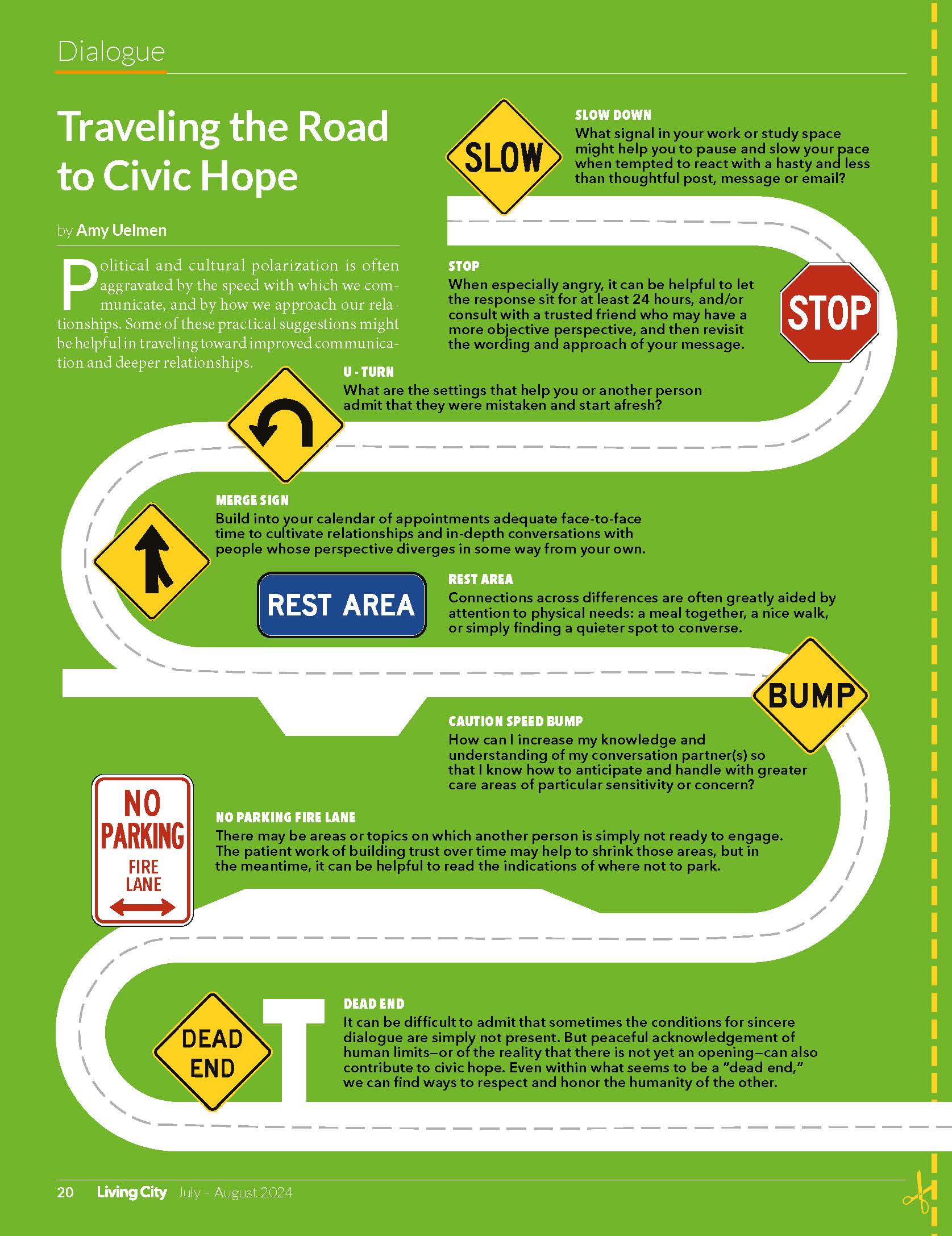
Published on Living City, July-Aug 2024, p. 20
None of the concrete suggestions skate over how difficult it can be to communicate when tensions are running high. None ignore how decisions about whether, when and how to communicate in a given setting may at times be grounded in how we need to process our own pain, frustration, and fear of being misunderstood. Yet even in the midst of these challenges, we hope that many in our polity can receive the invitation in that “cry” to grow in love and trust.
In this way, as Pope Leo suggests, “the suffering voice of our humanity, united with the voice of Christ, can become a source of hope for us and for those around us.”






